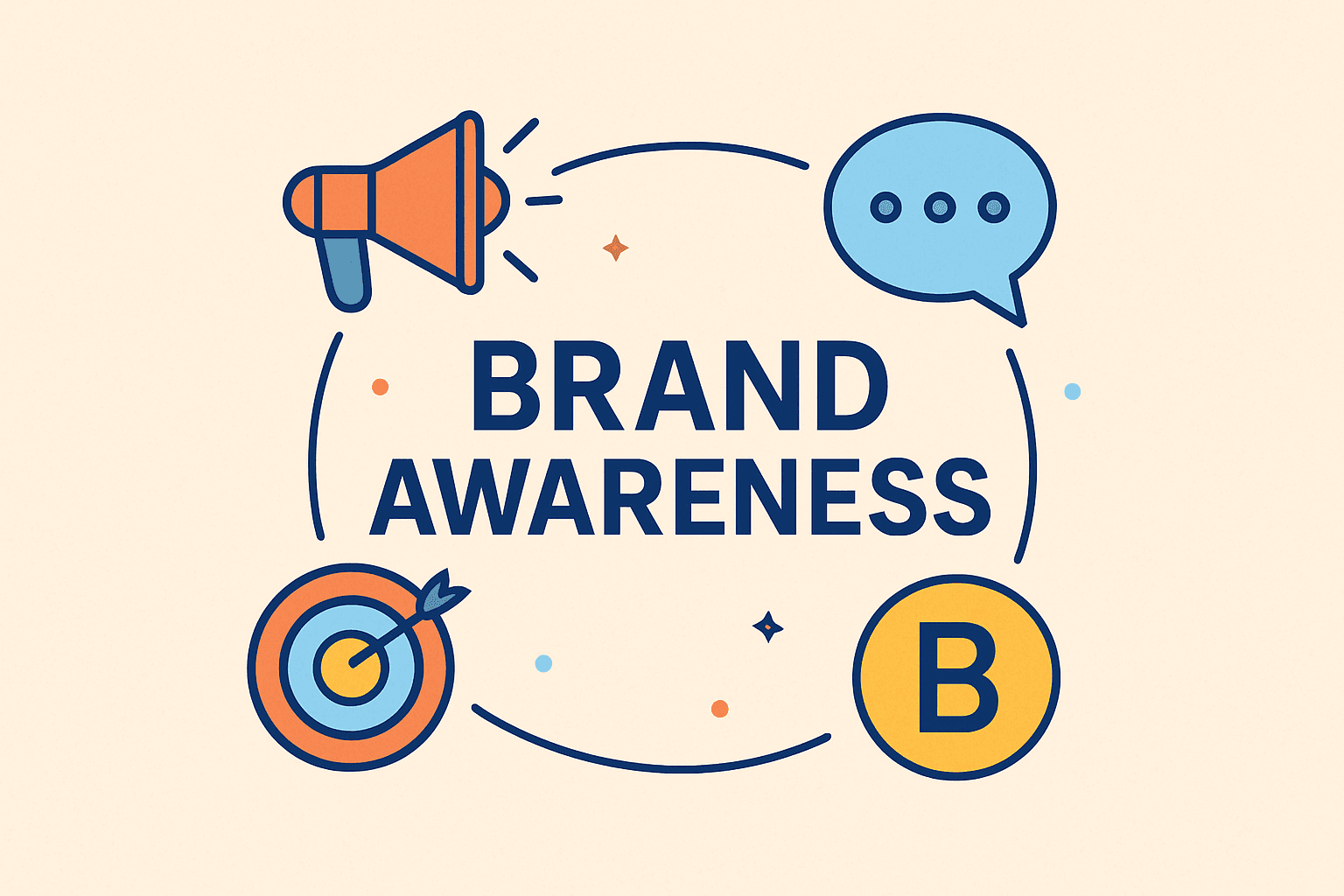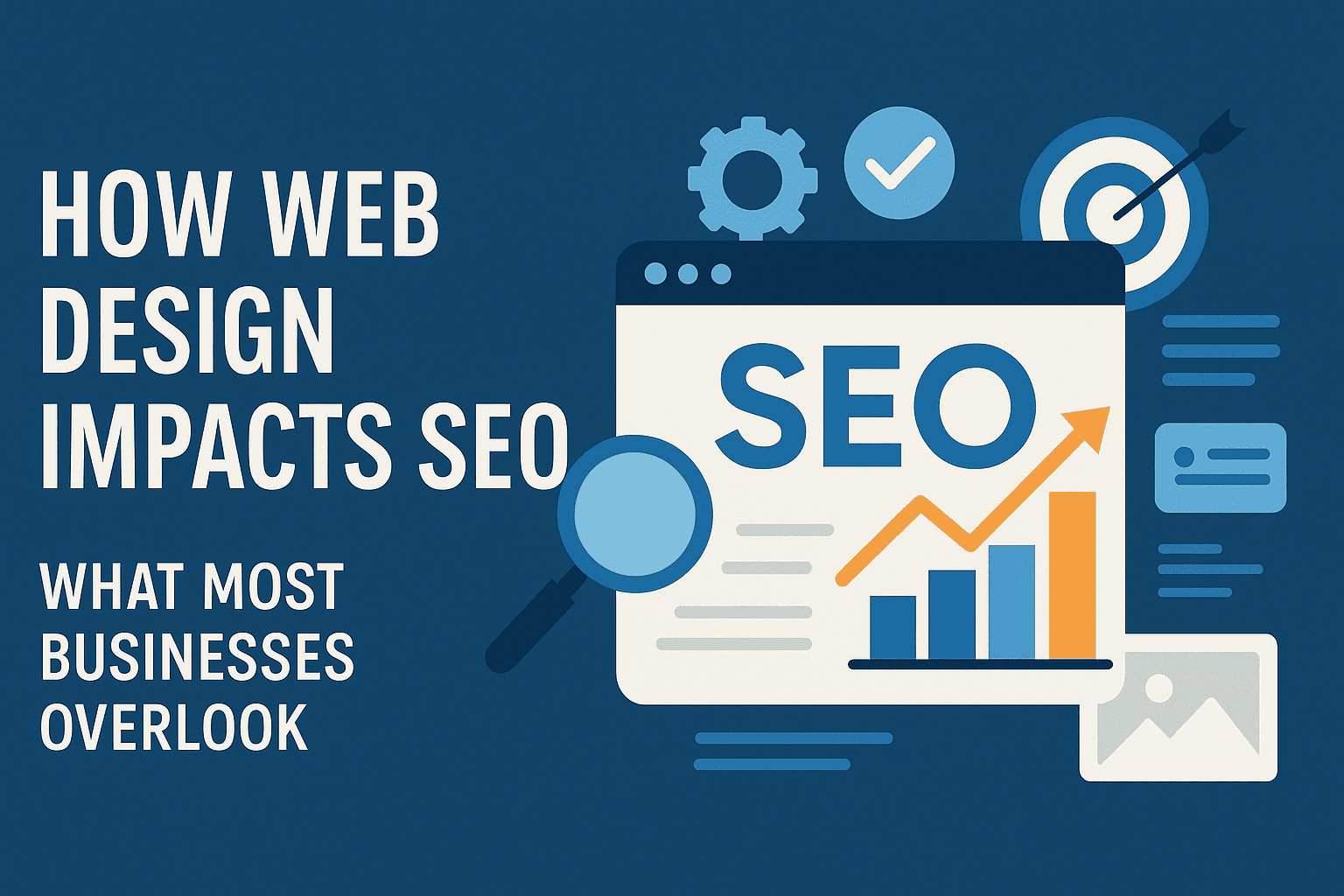In today’s digital-first world, your website is often the first — and sometimes only — impression a potential customer will have of your business. For small businesses, a well-designed and strategically built website can be a game changer. It not only establishes credibility but also drives leads, sales, and long-term customer relationships. Whether you’re starting fresh or improving your existing site, here are the essential features every small business website needs to succeed.
1. A Clear, Compelling Homepage
Your homepage is your digital storefront. It should quickly communicate who you are, what you do, and why customers should choose you. Include a concise value proposition, an eye-catching hero image, and easy navigation that guides visitors to key pages such as “About,” “Services,” and “Contact.” Simplicity and clarity always outperform clutter and confusion.
2. Mobile-Friendly Design
Over half of all web traffic now comes from mobile devices. A responsive website that adapts to different screen sizes ensures a seamless experience for every user. Mobile optimisation also boosts your search engine rankings, as Google prioritises mobile-first indexing. A site that looks great and loads fast on any device shows customers you’re modern and reliable.
3. Fast Load Speeds
Speed matters. Visitors will leave a website that takes more than a few seconds to load, and search engines penalise slow pages. Optimise images, reduce unnecessary scripts, and use efficient hosting to keep your site running smoothly. A fast site keeps users engaged and improves both user satisfaction and SEO performance.
4. Easy Navigation and Structure
A clear, intuitive menu helps users find what they’re looking for without frustration. Organise your pages logically, include internal links, and ensure your contact information is always easy to access. A well-structured site also helps search engines understand your content hierarchy, which can improve visibility in search results.
5. Strong Calls to Action (CTAs)
Every page should have a purpose — and every purpose needs a call to action. Whether it’s “Get a Quote,” “Book a Consultation,” or “Shop Now,” make sure your CTAs are visible, persuasive, and consistent throughout the site. Strategic placement of CTAs helps convert visitors into paying customers.
6. SEO Essentials
A beautiful website is useless if no one can find it. Implement on-page SEO best practices — optimised title tags, meta descriptions, header tags, and alt text for images. Use relevant keywords naturally within your content and make sure your site is properly indexed by Google. Local SEO, such as optimising for your city or region, is especially important for small businesses.
7. Trust-Building Elements
Customers want to know they can trust you before they buy. Include testimonials, case studies, awards, and client logos to showcase credibility. A professional design, clear contact details, and secure SSL encryption also build confidence and reduce bounce rates.
8. Contact Information and Forms
Make it easy for visitors to reach you. Include your phone number, email, physical address (if applicable), and a simple contact form. Integrating a Google Map for local businesses adds convenience and improves your local SEO visibility.
9. Social Media Integration
Linking your social media channels not only extends your brand presence but also allows customers to engage with you across multiple platforms. Displaying recent social posts or sharing buttons can help increase visibility and build a loyal community.
10. Analytics and Tracking
Without data, you can’t improve. Install tools like Google Analytics or Search Console to monitor visitor behaviour, traffic sources, and conversion rates. Regularly reviewing this data helps you make informed decisions that lead to better performance and higher ROI.
Final Thoughts
A successful small business website blends functionality, aesthetics, and strategy. It’s not just about looking good — it’s about working hard behind the scenes to attract, engage, and convert customers. By investing in these essential features, your website becomes more than an online brochure — it becomes your most powerful marketing tool.


